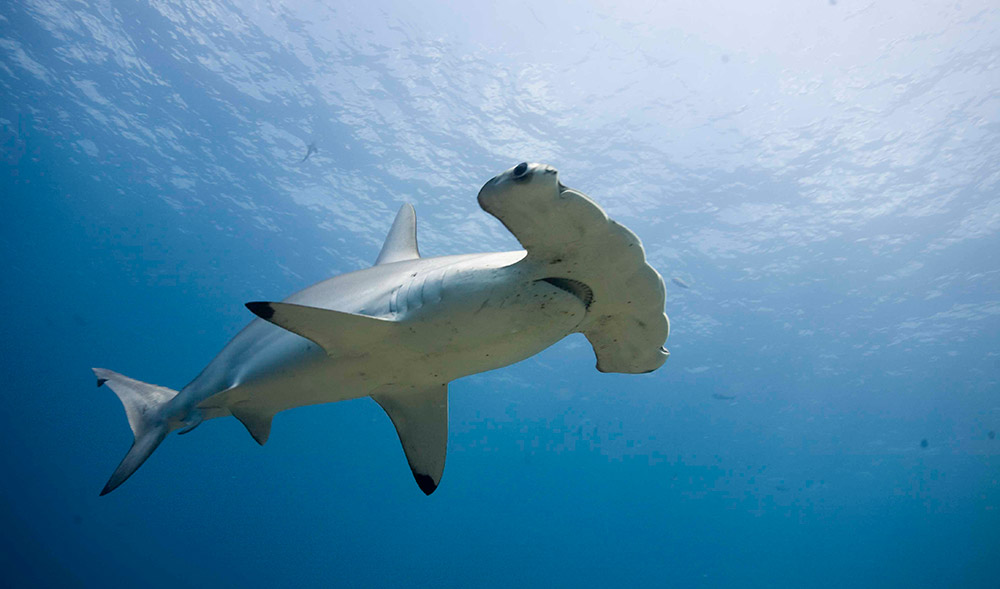It is a small rectangular island in the central part of the Eastern Pacific, some 500 km from the continental coast of Costa Rica. It is 7.6 km long and 4.4 km wide, with a surface of about 24 km2. The closest oceanic islands are those of the archipelagos of Malpelo (Colombia), at 630 km; Galapagos (Ecuador), at 673 km; and Clipperton (France), at 2.375 km. The island is one of 13 districts of the canton of Puntarenas (Central Canton) of the Province of Puntarenas, Costa Rica. It constitutes one of Costa Rica’s 169 protected wild areas; created in 1978, the protected area currently includes the terrestrial part of Cocos Island and neighboring islets, as well as an area of 12 nautical miles around the island.
Cocos Island National Park is globally recognized as an exceptional reservoir of biodiversity and endemism. The island was declared a World Heritage Site by UNESCO in 1997, a Ramsar site in 1998, a Costa Rican Cultural Historic Site in 2002 and designated a finalist as one of the seven new wonders of the world. It is also considered one of the best 10 recreational diving sites in the world.
But beyond the beauty, its true richness and exuberance is in the park’s flora and fauna. In spite of its small size, 235 species of plants (10 endemic terrestrial vascular species and 48 nonvascular species, an orchid and 17 endemic ferns) have been identified on the island and 90 species of mushrooms. Also, 362 species of insects have been counted (of which 64 are endemic), five species of reptiles (two endemic terrestrial species), 97 species of birds (12 resident, three in danger of extinction and three endemic), 60 species of arthropods (57 species of crustaceans and three species of spiders).
However, marine fauna is the protagonist on Cocos Island. Its waters are home to more than 30 unique endemic marine species that represent more than 40% of the total endemic marine species in the world. It also contains approximately 57 species of crustaceans, 510 species of marine mollusks, more than 250 species of fish (of which five are freshwater species and three are endemic), three species of sea turtles and 32 coral species. Among the most emblematic species are the giant manta rays, humpback whales, leatherback and olive ridley turtles, bottlenose dolphins, whale sharks, whitetip sharks and hammerhead sharks. In fact, the island is also known as “Shark Island,” thanks to the abundance of sharks that live in its waters, including the greatest congregations of hammerhead sharks in the world.

